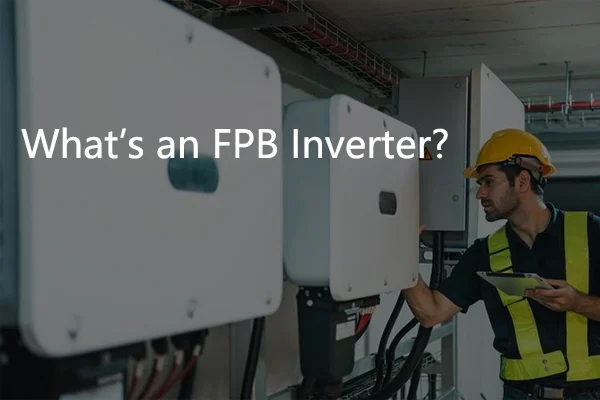
As the demand for efficient and reliable energy systems continues to grow, the FPB inverter (Frequency Phase Boost inverter) has emerged as a cutting-edge solution for modern power management. Whether in solar energy systems, industrial machinery, or smart grids, FPB inverters ensure seamless power conversion, synchronization, and efficiency. But what exactly sets FPB inverters apart? Let’s dive into their features, benefits, and applications.
Understanding FPB Inverters: The Basics
An FPB inverter is a specialized power conversion device that transforms direct current (DC) into alternating current (AC) while maintaining synchronized phase and frequency with the connected grid or load. This synchronization is critical for smooth power flow and stable electrical operation in complex systems.
Core Features of FPB Inverters
- High Efficiency Power Conversion: Minimizes energy loss during DC-to-AC conversion by aligning phase and frequency.
- Seamless Grid Integration: Perfectly synchronizes with the grid, making it ideal for both on-grid and off-grid applications.
- Advanced Protection Mechanisms: Includes safeguards against overload, overheating, and short circuits, ensuring system safety.
- Support for Hybrid Systems: Effectively integrates energy sources like batteries, solar panels, and other renewable inputs.
How FPB Inverters Work
FPB inverters enhance traditional inverter functionality by:
- Maintaining precise frequency regulationto match grid standards.
- Boosting phase alignment, which ensures multiple energy sources can work in harmony.
- Offering real-time load balancing, a feature critical for environments with fluctuating power demands.
For example, in a hybrid solar system, an FPB inverter ensures that power from the solar panels, batteries, and grid is used optimally without causing voltage spikes or dips.
Where FPB Inverters Can Be Used
FPB inverters shine in diverse scenarios due to their flexibility and efficiency:
1. Hybrid Energy Systems
- Grid-Connected Systems: Synchronizes solar and wind energy with grid energy, enabling users to sell excess electricity back to the utility.
- Off-Grid Systems: Manage the storage and consumption of energy generated by solar and wind to ensure continuous power even on cloudy days or at night.
2. Industrial Applications
- Smart Grids: Provides real-time adjustments to stabilize electricity flow in fluctuating load conditions.
- Machinery Operations: Reduces equipment wear and tear by delivering stable, synchronized power.
3. Electric Vehicles and Battery Systems
- EV Chargers: Ensures steady and efficient power flow during charging.
- Energy Storage: Optimizes battery discharge cycles, prolonging their lifespan.
FPB Inverters vs. Traditional Inverters
When compared to traditional inverters, FPB inverters stand out for their advanced capabilities:
| Feature | Traditional Inverters | FPB Inverters |
| Phase Synchronization | Basic or manual alignment | Advanced, real-time alignment |
| Efficiency | Moderate | High |
| Hybrid System Support | Limited | Comprehensive |
| Application Flexibility | Standard setups | Complex and hybrid systems |
Did You Know? The initial cost of FPB inverters may be higher, but their long-term efficiency and reduced maintenance needs make them a more cost-effective choice.
Advantages of FPB Inverters
1. Improved Energy Efficiency
FPB inverters optimize energy transfer by reducing conversion losses, making them perfect for energy-intensive systems like industrial grids or solar farms.
2. Enhanced System Stability
With phase and frequency synchronization, these inverters prevent power surges, dips, and equipment malfunctions.
3. Prolonged Equipment Lifespan
By delivering stable power, FPB inverters minimize the stress on connected devices, extending their operational life.
4. Future-Ready Design
These inverters are built to handle the complexities of modern energy systems, including integration with smart grids and renewable energy sources.
Challenges and Considerations
While FPB inverters offer significant benefits, there are some considerations:
- Higher Initial Costs: Their advanced features make them more expensive upfront compared to traditional inverters.
- Complex Installation: Requires skilled professionals for setup and maintenance.
- Space Requirements: Larger systems may need more room for installation.
Case Study: Solar Hybrid Systems with FPB Inverters
A rural community in South Asia integrated FPB inverters into their solar energy hybrid system to manage power from solar panels and batteries. The result?
- 40% Reduction in Energy Loss: Compared to the previous setup with traditional inverters.
- Uninterrupted Power Supply: Even during grid outages.
- Longer Battery Life: Reduced stress on the battery system due to better phase synchronization.
Huijue Solar: Your Partner in Advanced Inverter Solutions
At Huijue Solar, we specialize in cutting-edge power conversion technologies, including FPB inverters. Our solutions are designed to optimize energy efficiency, reduce power losses, and ensure seamless integration with hybrid systems.
Discover how FPB inverters can transform your energy setup by visiting our Home Hybrid Energy Supply Solution. Whether you’re managing a residential solar system or an industrial power grid, Huijue Solar has the expertise to deliver tailored, reliable solutions.
FPB inverters represent a leap forward in power conversion technology, offering unmatched efficiency and adaptability for the modern energy landscape. With the growing need for sustainable and resilient energy systems, these inverters are paving the way for a smarter, greener future.


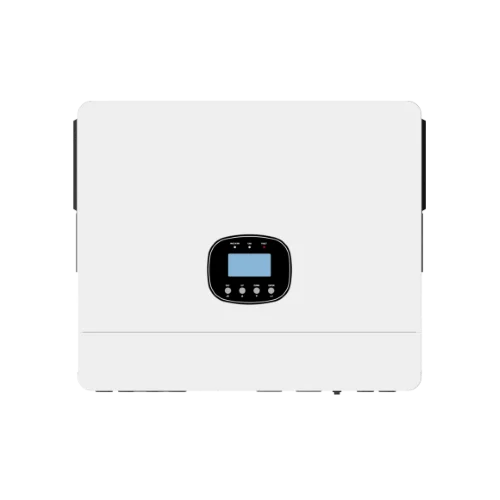
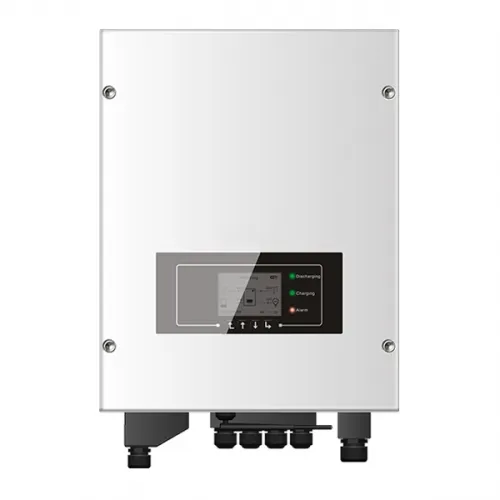






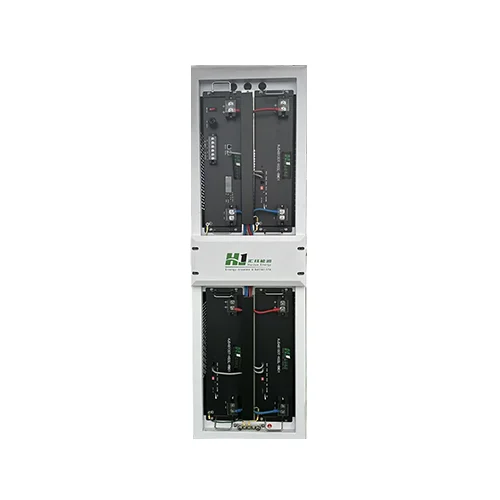
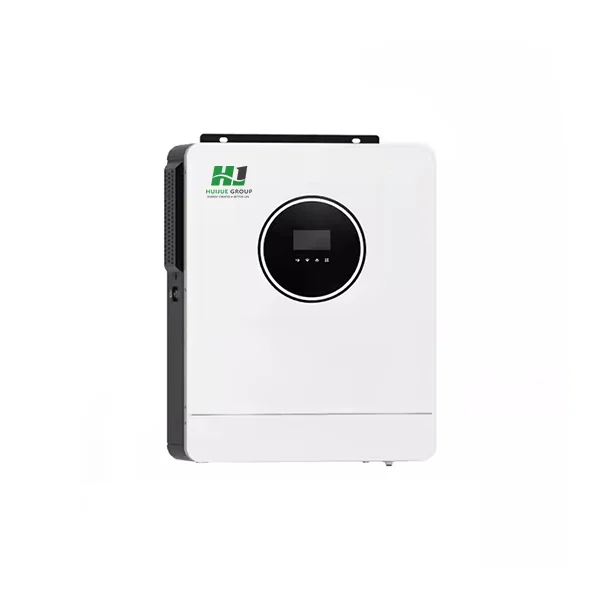




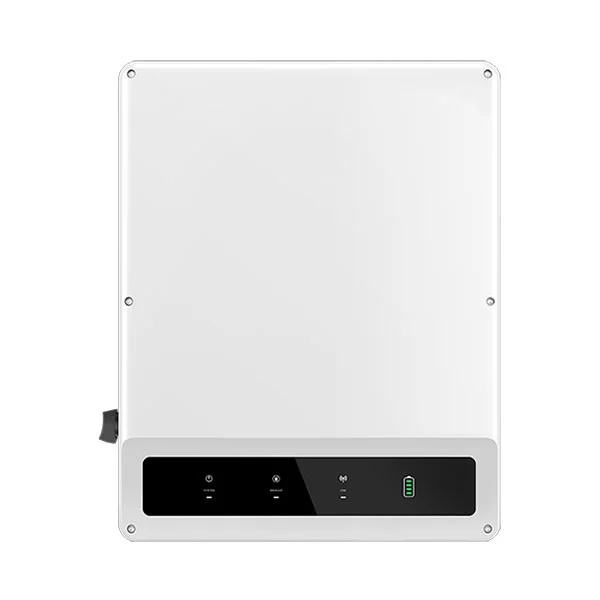


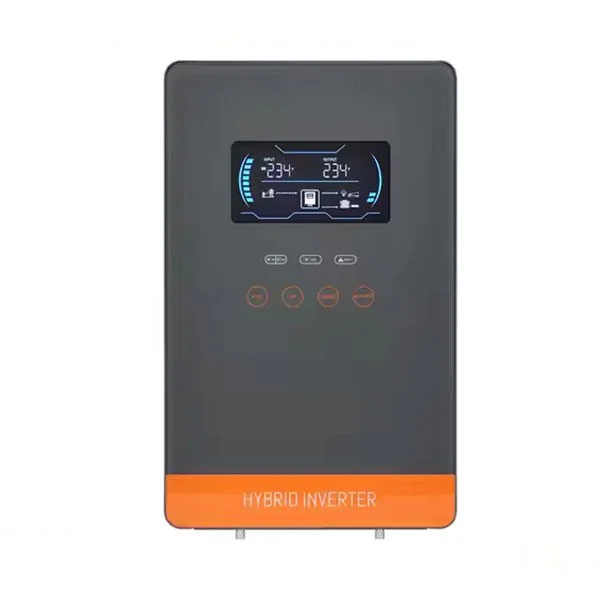

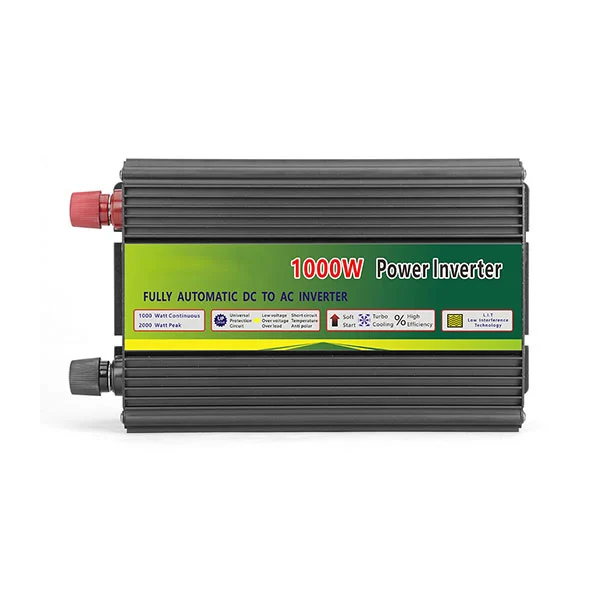


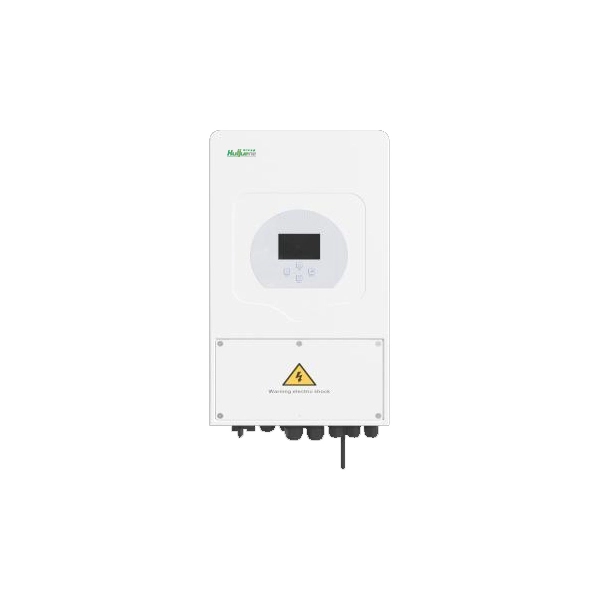
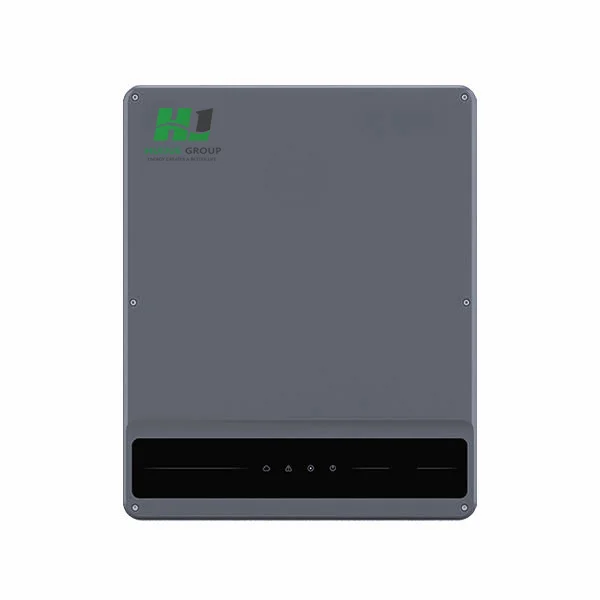






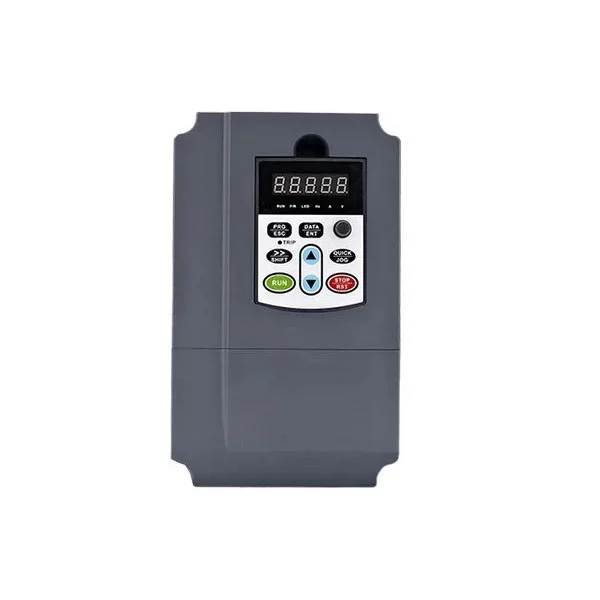

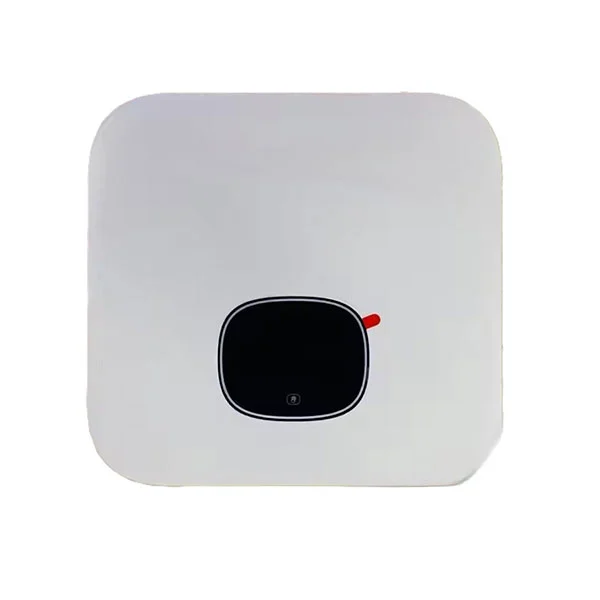





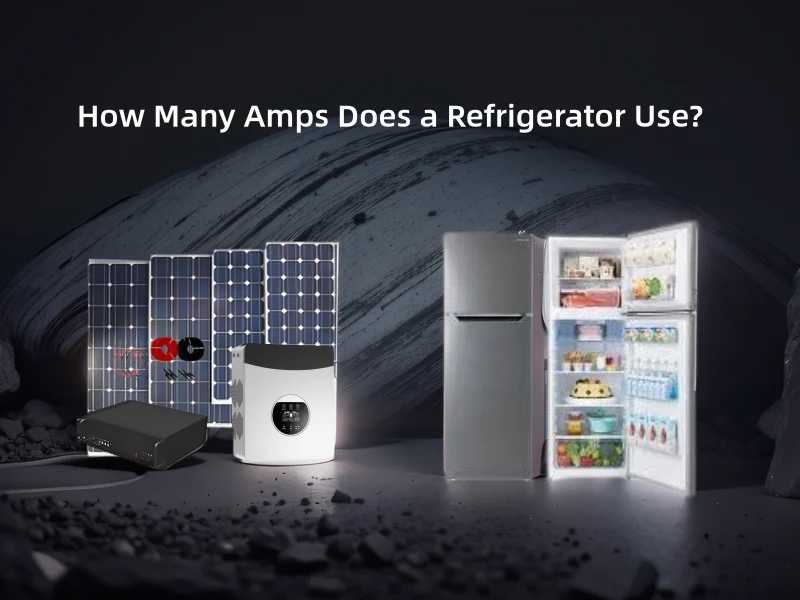
 Afrikaans
Afrikaans Albanian
Albanian Amharic
Amharic Arabic
Arabic Armenian
Armenian Azerbaijani
Azerbaijani Basque
Basque Belarusian
Belarusian Bengali
Bengali Bosnian
Bosnian Bulgarian
Bulgarian Catalan
Catalan Cebuano
Cebuano Chichewa
Chichewa Chinese (Simplified)
Chinese (Simplified) Chinese (Traditional)
Chinese (Traditional) Corsican
Corsican Croatian
Croatian Czech
Czech Danish
Danish Dutch
Dutch English
English Esperanto
Esperanto Estonian
Estonian Filipino
Filipino Finnish
Finnish French
French Frisian
Frisian Galician
Galician Georgian
Georgian German
German Greek
Greek Gujarati
Gujarati Haitian Creole
Haitian Creole Hausa
Hausa Hawaiian
Hawaiian Hebrew
Hebrew Hindi
Hindi Hmong
Hmong Hungarian
Hungarian Icelandic
Icelandic Igbo
Igbo Indonesian
Indonesian Irish
Irish Italian
Italian Japanese
Japanese Javanese
Javanese Kannada
Kannada Kazakh
Kazakh Khmer
Khmer Korean
Korean Kurdish (Kurmanji)
Kurdish (Kurmanji) Kyrgyz
Kyrgyz Lao
Lao Latin
Latin Latvian
Latvian Lithuanian
Lithuanian Luxembourgish
Luxembourgish Macedonian
Macedonian Malagasy
Malagasy Malay
Malay Malayalam
Malayalam Maltese
Maltese Maori
Maori Marathi
Marathi Mongolian
Mongolian Myanmar (Burmese)
Myanmar (Burmese) Nepali
Nepali Norwegian
Norwegian Pashto
Pashto Persian
Persian Polish
Polish Portuguese
Portuguese Punjabi
Punjabi Romanian
Romanian Russian
Russian Samoan
Samoan Scottish Gaelic
Scottish Gaelic Serbian
Serbian Sesotho
Sesotho Shona
Shona Sindhi
Sindhi Sinhala
Sinhala Slovak
Slovak Slovenian
Slovenian Somali
Somali Spanish
Spanish Sundanese
Sundanese Swahili
Swahili Swedish
Swedish Tajik
Tajik Tamil
Tamil Telugu
Telugu Thai
Thai Turkish
Turkish Ukrainian
Ukrainian Urdu
Urdu Uzbek
Uzbek Vietnamese
Vietnamese Welsh
Welsh Xhosa
Xhosa Yiddish
Yiddish Yoruba
Yoruba Zulu
Zulu